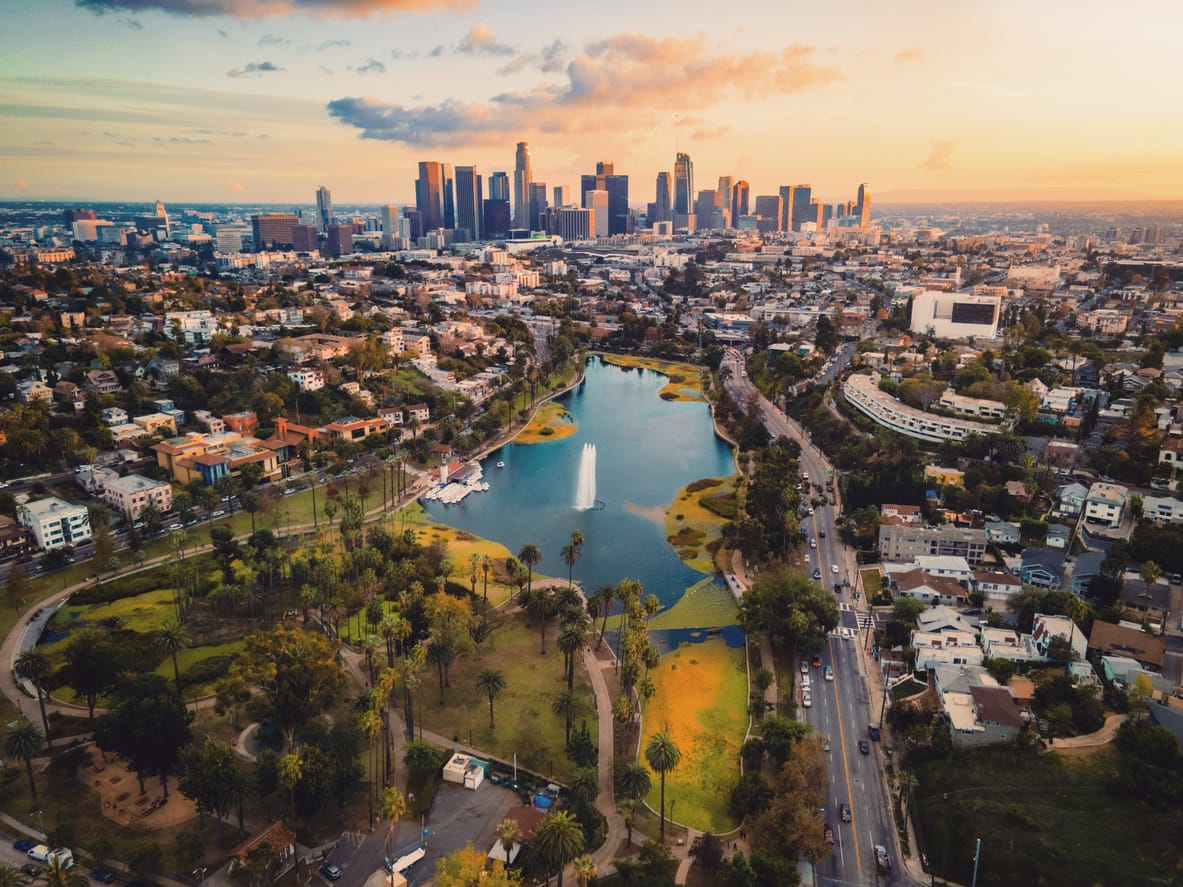Shipping from the State of California to Texas
California is nicknamed The Golden State. It is also well-known by these nicknames: The Land of Milk and Honey, The El Dorado State, The Grape State, and The Bear State. The state tree is the California Redwood, the state bird is the California Valley Quail and the state flower is the Poppy. The state motto is ‘Eureka’ (I have found it).
The City and County of San Francisco is both the country’s second-most densely populated major city after New York City and the fifth-most densely populated county, behind only four of the five New York City boroughs. The state’s capital is Sacramento.
California became a U.S. territory in 1847 as part of the treaty ending the Mexican-American War. An influx of settlers headed to the west coast in search of fortune in 1848 as the discovery of gold at Sutter’s Mill became known. In 1850, California became the 31st state. Today, California is the 3rd largest state right behind Alaska and Texas by area and it is the most populous of U.S. states.

The State located in the Pacific Region of the United States. California shares a border with Oregon to the north, Nevada and Arizona to the east, and the Mexican state of Baja California to the south. The state’s diverse geography ranges from the Pacific Coast in the west to the Sierra Nevada mountain range in the east, and from the redwood and Douglas fir forests in the northwest to the Mojave Desert in the southeast. The Central Valley, a major agricultural area, dominates the state’s center. Although California is well-known for its warm Mediterranean climate, the large size of the state results in climates that vary from moist temperate rainforest in the north to arid desert in the interior, as well as snowy alpine in the mountains. Over time, drought and wildfires have become more frequent challenges. The Greater Los Angeles Area and the San Francisco Bay Area are the nation’s second and fifth-most populous urban regions. Los Angeles is California’s most populous city, and the country’s second-most populous, after New York City. California also has the nation’s most populous county, Los Angeles County, and its largest county by area, San Bernardino County
Shipping to the State of California to Texas
Spanish missionaries were the earliest European settlers in Texas, founding San Antonio in 1718. Hostile natives and isolation from additional Spanish colonies kept Texas sparsely occupied until following the Revolutionary War and the War of Mexican self-government when the newly established Mexican government began to allow settlers from the U.S. to claim land there. This led to an inhabitant explosion, but dramatically abridged the percentage of the population with Mexican heritage, causing friction with the government in Mexico City.

After some smaller insurrections, the Texas Revolution broke out, and the state became an independent nation in 1836. However, the newly formed Texas Republic was not capable to defend itself from further incursions by Mexican troops and eventually negotiated with the U.S. to join the union in 1845.
